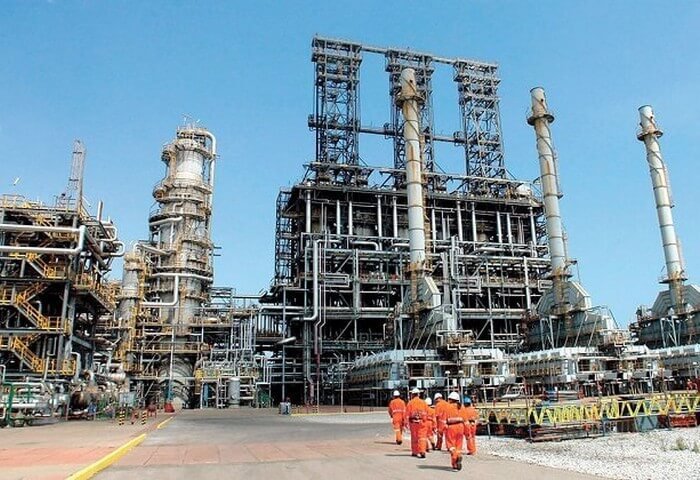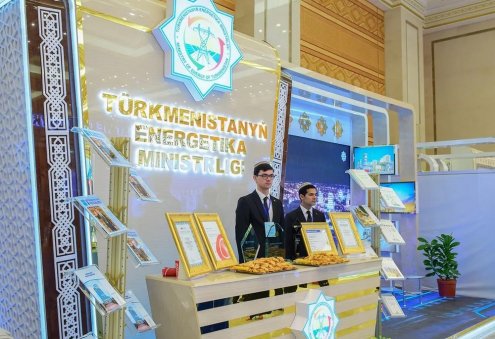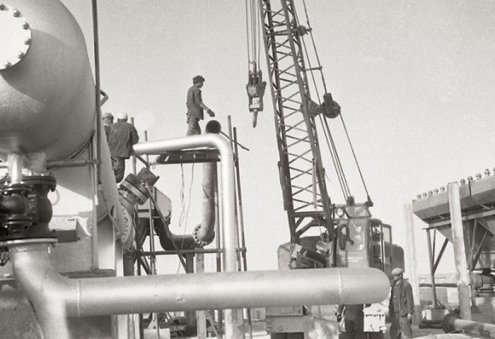Specialists of the department for the production of liquefied gas of the Lebap Velayat approach the celebration of the 30th anniversary of the state independence of Turkmenistan with high production indicators. Over the first seven months of this year, the growth rate of liquefied gas production, compared to the same period in 2020, amounted to 106.8%. The department produced about 44 thousand tons of commercial products, according to the the website of the oil and gas information of Turkmenistan.
The main volume of finished products produced at the Naip and Bagaja gas fields is exported. The export volumes also exceeded the level of 2020.
The largest producer of liquefied natural gas (LNG) in Turkmenistan is the Turkmenbashi Complex of Oil Refineries (TCOR), which annually produces more than 300 thousand tons – the two-thirds of the liquefied fuel produced in the country. About 200 thousand tons are used at the TCOR for the production of polypropylene and a component of high-octane gasoline.
The production of liquefied gas is one of the promising areas of development of the oil and gas complex of Turkmenistan, which corresponds to the global energy trends. Many countries consider the transition to liquefied gas as an alternative to gasoline and diesel fuel, and the demand for this type of fuel in the world is constantly growing. Experts note that liquefied natural gas accounts for more than two-thirds of China's energy imports, which is Turkmenistan's main partner in the gas sector.
The report of the British-Dutch oil and gas company Shell on the prospects for the development of the LNG market predicts a great future for this sector. According to the company's analysts, the LNG sector has demonstrated stability and flexibility in 2020. The global demand for liquefied natural gas has grown to 360 million tons. The main importers of LNG in 2020 were China and India.
According to forecasts, global LNG demand is expected to reach 700 million tons by 2040, given the continued strong growth in demand for natural gas in Asia and the expansion of its use as an energy source in industries where electrification presents certain difficulties. The company's analysts attribute the great prospects of LNG to the fact that gas plays a key role in the decarbonization of the global economy. Shell says that economic recovery and overcoming the large-scale economic consequences of the coronavirus pandemic at the expense of low-carbon resources, as well as consistent reduction of emissions to zero values requires solutions based on the use of cleaner energy sources.
The use of natural gas-in combination with renewable energy sources (RES) or as an energy resource in difficult sectors of the economy for electrification – helps to reduce emissions in general. According to the forecast, for the period up to 2040, gas and renewable energy will account for 74% of the total growth of the energy sector.
Ogulgozel Rejepova
The article was originally published in Turkmenistan’s Golden Age news outlet on 18.08.2021









30635-90x604.jpg)




30625-90x604.jpeg)
_(1)30624-90x604.jpg)


